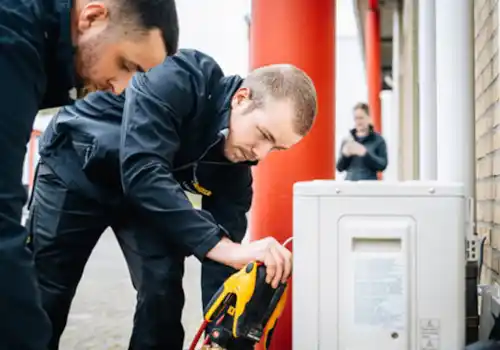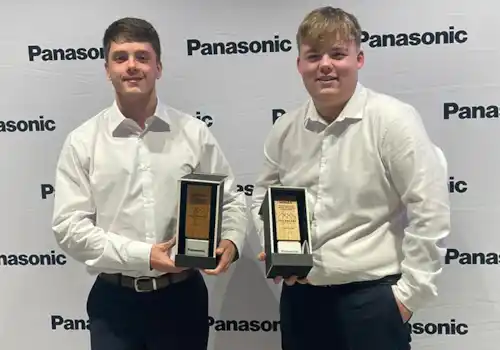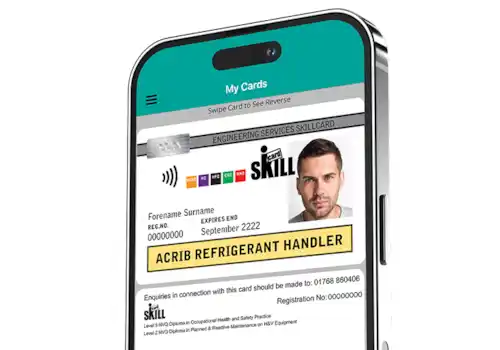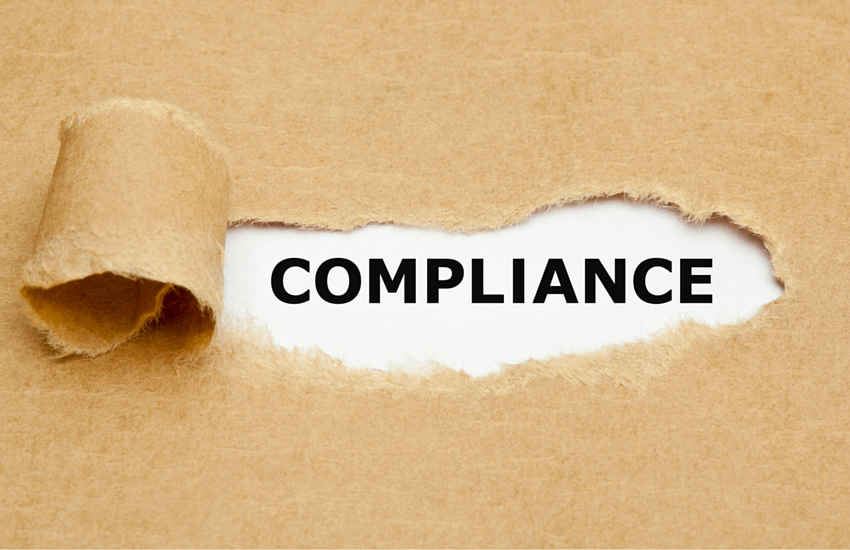13 June 2016
|
The F-gas regulations are at the forefront of refrigeration compliance measures and are generally understood by the industry.
by Alan Jackson and James Bailey from BJA Refrigeration Consultants
However, there are many other areas of compliance that must be adhered to in the design, construction, servicing and management of refrigeration systems, and your customers expect compliance through all the services you deliver. This article provides a sample of areas of compliance that may affect you.
by Alan Jackson and James Bailey from BJA Refrigeration Consultants
However, there are many other areas of compliance that must be adhered to in the design, construction, servicing and management of refrigeration systems, and your customers expect compliance through all the services you deliver. This article provides a sample of areas of compliance that may affect you.
BS EN-37
Ensuring compliance in equipment selection is not just about reliability and efficiency. It relies on you designing and documenting systems that mitigate risks to ensure your customer has a safe and reliable system. Considerations should include:
- Ensuring your customer is aware of all requirements associated with construction – selection of materials, time-scales, pressure testing etc.
- Ensuring compliance during installation – mitigating risks, safe methods of working and ensuring all site operatives and site visitors have a valid CSCS skill card is essential
- Ensuring compliance during the life cycle of a system is paramount– you must be able to prove traceability, technician qualifications & training, planned preventative maintenance, logging and recording of refrigerant use.
Content continues after advertisements
The Pressure Equipment Directive
The Pressure Equipment Directive sets out the standards for the design and build of pressure equipment. It is your responsibility to:
- Identify the type of pressure equipment, fluid state, fluid group, selection of the appropriate classification chart, determining the maximum allowable pressure & defining dimension, and establishing the PED hazard category.
- Ensure that PRVs are installed in appropriate locations.
- Ensure PRVs are tagged and recorded with system details – the date of installation is necessary to ensure that they are changed out at regulatory compliant intervals.
The Pressure Systems Safety Regulations 2000 (PSSR)
PSSR requires pressure systems to be inspected in accordance with a Written Scheme of Examination. They apply to owners and users of relevant fluids and gases under pressure which becomes a gas when released to the atmosphere. There is a legal requirement for thorough examination of pressure vessels and receivers that contain steam, compressed air and refrigerants. Any pressure vessel containing compressed gas over 250 bar / litres capacity requires inspection.
Specific to the RAC industry, owner / users of refrigeration plant containing pressure vessels, with a capacity of over 25 kilowatts require a written scheme of examination and inspection. It is yours and your customer’s responsibility to ensure that examinations are undertaken at the correct intervals.
Specific to the RAC industry, owner / users of refrigeration plant containing pressure vessels, with a capacity of over 25 kilowatts require a written scheme of examination and inspection. It is yours and your customer’s responsibility to ensure that examinations are undertaken at the correct intervals.
CE marking
The letters CE appear on any OEM product. It identifies that a manufacturer has checked their products meet EU safety, health and environmental requirements. To ensure compliance for your customer, it is recommended that you confirm that the CE marking is on plant, coolers and specifically for the retail sector, display cases.
The (Construction Design and Management) Regulations 2015
It is your responsibility to ensure that you understand the requirements of the Construction (Design and Management) Regulations 2015 (CDM 2015), its high level purpose to ensure that you:
- Plan work so any risks involved are managed from start to finish
- Have the right people for the right job at the right time
- Cooperate and coordinate your work with other trades and professionals
- Have the right information about the risks and how they are being managed
- Communicate information effectively to those who need to know
- Consult and engage with workers about the risks and how they are being managed
- Ensure that your customer is aware of his responsibilities and obligations
BS 7671 (Wiring regulations)
British Standard BS 7671 "Requirements for Electrical Installations. IET Wiring Regulations.", is the national standard in the United Kingdom for electrical installation. The 17th edition and amendments there after became effective for all installations designed after 1st July 2008. It is your responsibility to ensure that any that your electrical technicians comply with this regulation.
EU Waste Framework Directive (WFD)
The EU Waste Framework Directive became a legislative requirement on the 12th December 2008. Applicable to ensure that you and your customers remain compliant include:
- The management of hazardous waste – this is waste that contains properties which if mismanaged have the potential to cause harm to the environment and human health. As a result, strict controls apply from the point of its production, to its movement, management, and recovery or disposal. You and your customer are responsible for the management and traceability of this waste.
- The management of electrical and electronic equipment - Waste Electrical and Electronic Equipment (WEEE) and Restriction of Hazardous Substances in electrical and electronic equipment (RoHS) directives aim to reduce the quantity of waste from electrical and electronic and increase its re-use, recovery and recycling. You and your customer are responsible for the management and traceability of this waste.
TM44 – Air conditioning inspections
Properties in England and Wales with air-conditioning systems over 12kW are required to have an independent inspection of their units. If you, or your customer have air-conditioning equipment, you must have an inspection carried out at least every five years – keeping a record to ensure compliance for you and your customer is necessary.
Summary
There is much to cross reference between refrigeration compliance requirements, and when considering them a holistic manner it will become evident of the level of harmonisation that can be achieved to ensure that you and your customers remain compliant.









